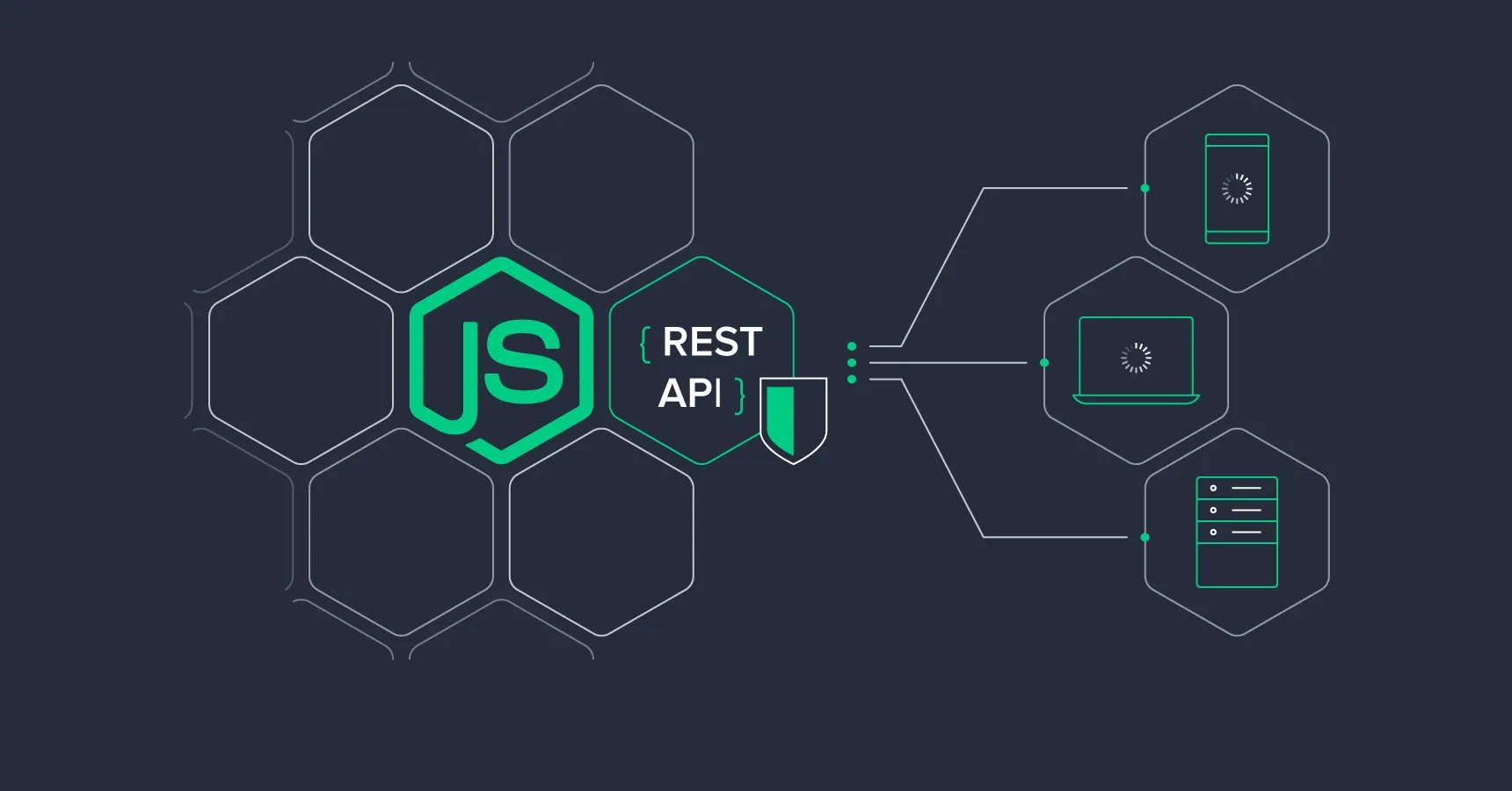The server throws an error when a client sends a request that exceeds its defined size limit. Let's explore the "413 Request Entity Too Large" error and how to resolve it in Express.
According to MDN, the HTTP status code "413 Payload Too Large" indicates that the client's request entity exceeds the server's predefined limits. In response, the server may close the connection or include a Retry-After header field.
Formerly known as 413 Request Entity Too Large, most systems still refer to it as such. Thus, if you encounter a "Request Entity Too Large" error, you are likely dealing with an HTTP "413 Payload Too Large" error.
Causes of the HTTP Error 413
As mentioned earlier, an HTTP error 413 occurs when the client's request exceeds the server's processing capabilities. This can typically be attributed to two factors, which we'll explore in detail.
1. Poorly Configured Web Server
An HTTP error 413 arises when the client request surpasses the size limit defined in your web server configuration. For instance, Nginx, by default, restricts client requests to 1 MB. Failing to configure Nginx to accept larger requests will result in an HTTP error 413 for any request exceeding 1 MB.
2. Poorly Configured Application Server
An HTTP error 413 can also occur if the client request exceeds the size limit defined in your application server configuration. For instance, an Express application running on a Node.js server sets a default limit of 100 KB for JSON request bodies. Without proper configuration to accommodate larger requests, you'll encounter an HTTP error 413 for any JSON request exceeding 100 KB.
In this article, we will focus on addressing HTTP 413 errors caused by the second factor – a misconfigured application server. If you're interested in the first factor, you can refer to this article.
Resolving the "413 Request Entity Too Large" Error in Express
To resolve the "413 Request Entity Too Large" error in an Express application, you simply need to update the server initialization file. Typically named index.js or server.js, this file is where you set up your Express server. Ensure that the following lines of code are present in this file:
// index.js or server.js
const express = require("express");
// ...
const app = express();
// ...
// Fixing "413 Request Entity Too Large" errors
app.use(express.json({ limit: "10mb", extended: true }));
app.use(
express.urlencoded({ limit: "10mb", extended: true, parameterLimit: 50000 })
);
// ...
These final two lines of code increase the maximum allowed size for JSON payloads and URL query parameters to 10 MB. This adjustment should mitigate most "413 Request Entity Too Large" errors in your Express application. Customize the limit values according to your specific requirements, avoiding excessive over-sizing.
Congratulations! You've now learned how to resolve the "413 Request Entity Too Large" error in a Node.js Express application.
Conclusion
In this article, we've covered what an HTTP error 413 is, why it occurs, and how to address it. Specifically, we've detailed the steps to fix the "413 Request Entity Too Large" error on a Node.js Express server. This is a common issue arising when client requests surpass the server's expectations. As demonstrated, a few lines of code can resolve this problem effectively.
